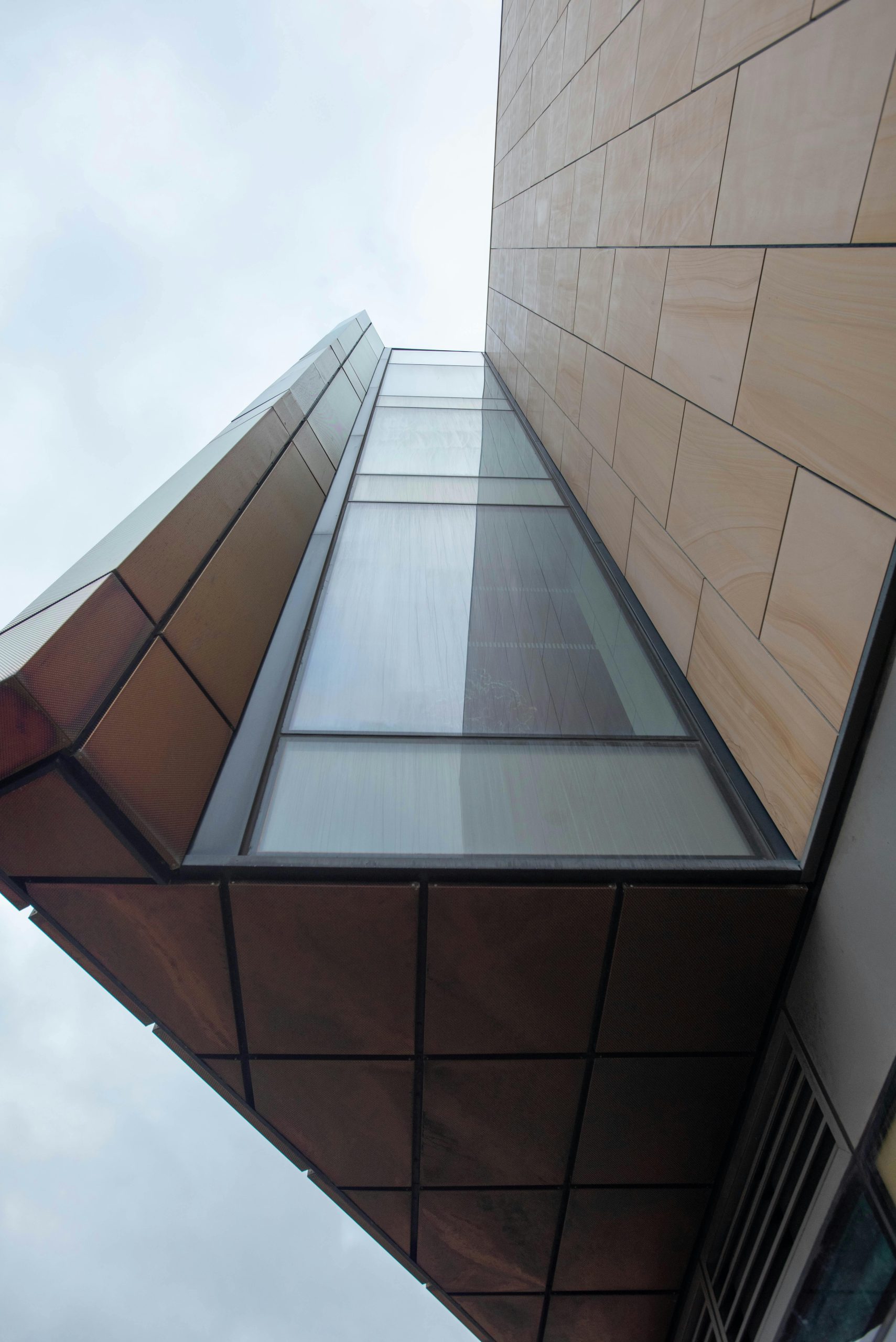Troubleshooting a New PC Build: What to Do When Your System Won’t Boot
Building a new PC can be an exciting yet challenging experience, especially when things don’t go according to plan. If you’ve recently assembled a computer and it’s not booting—even to the point where the fans aren’t spinning—there are a few steps you can take to diagnose and fix the issue.
The Symptoms: No Power, No Response
It’s been five days since I completed my build, but the system remains unresponsive. Upon connecting the power supply, I hear a faint clicking sound, which suggests that power is attempting to flow. However, despite this sound, the motherboard isn’t displaying any signs of life.
Possible Culprits: Loose Components and Incorrect Hardware
One of the primary suspects appears to be the motherboard itself. It isn’t secured tightly within the case. In fact, when I apply gentle pressure, I can see it moving slightly. This raises concerns that I may have used screws that are too large for the mounting standoffs, causing improper alignment and support for the board.
Seeking Solutions: How to Get Your Build Up and Running
If you find yourself in a similar situation, here are a few troubleshooting steps to consider:
-
Check the Power Connections: Ensure that all power cables are securely connected to both the motherboard and any components like the graphics card. Sometimes, a loose connection can prevent the system from starting.
-
Inspect the Motherboard Standoffs: If the motherboard isn’t sitting flush against the case, check your motherboard standoffs. Make sure you’re using the correct screws for the standoffs to secure the board properly.
-
Re-seat Components: Remove and then reinsert critical components, like RAM and CPU, to ensure they are seated correctly. Sometimes a simple reseating can resolve connection issues.
-
Test with Minimal Hardware: Disconnect all non-essential peripherals and hardware, leaving only the CPU, one stick of RAM, and the power supply connected. This can help isolate the problem.
-
Consult the Manual: Refer to your motherboard’s manual for specific troubleshooting advice or diagnostic LED codes that could indicate a problem.
Conclusion: Don’t Lose Hope
Troubleshooting a new PC build can be frustrating, but it’s important to remain calm and methodical. By following the steps outlined and closely examining your components, you’ll increase your chances of getting your system up and running smoothly. If you’ve encountered similar issues
Share this content:




Hi there,
Given the symptoms you described—no power, fans not spinning—it’s likely an issue related to power delivery or motherboard mounting. Here are some additional troubleshooting tips that might help: